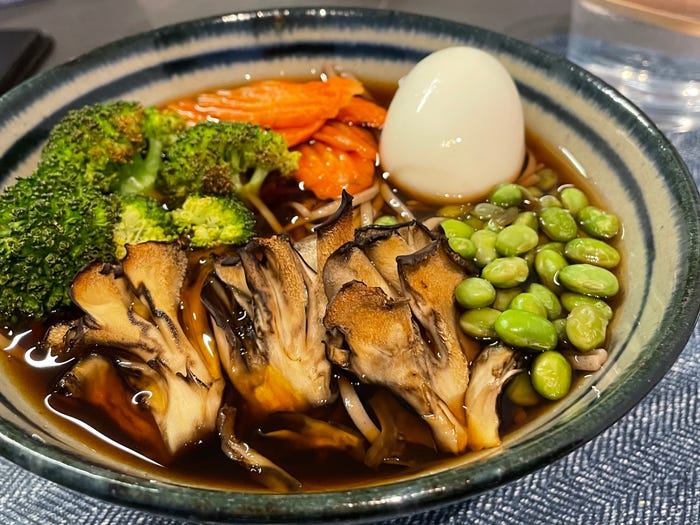Japanese Healthy-Eating Principles Which Helps Weight Loss
The irony of eating great is that frequently the more exertion we put in, the more awful we feel. Systems like counting calories, following macros, and irregular fasting all request a critical level of responsibility, can immediately become overpowering, and may begin to feel fanatical.
What is the Japanese approach to eating? What I have discovered from life in Japan is that eating restoratively isn't such a great amount about making a 180-degree change in our eating regimen, however it's tied in with being aware of the little activities we require consistently, and understanding that compounded, our solid propensities can have a major effect.
These two Japanese good dieting standards assists in weight with losing.
Assuming we eat with some restraint, we can in any case appreciate sweets.
1. Eat with some restraint
What it truly implies is to eat with some restraint. The thought is that for a large portion of our feasts, we ought to appreciate it until we're 80% full, where we are satisfied, yet entirely not excessively stuffed.
Along these lines, we can partake in the dishes and food varieties we love, absent a lot of progress. It doesn't actually need that you change anything about what you eat, just to be aware of the amount you're eating. Stop at 80% full, and you won't ever need to start eating less.
The admonition is that it's difficult to figure out completion in the event that we aren't eating any fiber-rich food sources like organic products, vegetables, and entire grains, yet these food varieties additionally needn't bother with to be our entire eating routine. On the off chance that we eat with some restraint and consistently eat supplement thick food varieties, we can appreciate treats, tidbits, and whatever else regardless keep a solid eating regimen.
2. Center around assortment
While many weight control plans are tied in with removing food or hyper-zeroing in on expanding our admission of "superfoods," a conventional Japanese eating regimen frequently underlines assortment.
For instance, a well known method for serving Japanese feasts is through ichiju-sansai, which means "one soup, three sides." The one soup is normally miso soup, and the three sides are generally a solitary serving part of a protein, and two vegetable dishes.
You don't have to embrace the expressing in a real sense to profit from it. One of my number one methods for applying ichiju-sansai is by essentially adjusting a feast I'd typically have - for instance, in the event that I'm having Thai seared rice as takeout, I might steam some broccoli or edamame in the microwave for an additional serving of vegetables and throw it in.
The incongruity is that agonizing less over my eating routine has been basic in bettering it. Stress and fixation is no real way to lead a solid eating routine, and it's likewise excessive. At the point when we can rehearse control and assortment reliably, we can meet our wellbeing objectives without agonizing over what we eat. All things being equal, we can zero in on the parts of life that make it euphoric, satisfying, and significant.
#Japanese Eating Habits#Mindful Eating#Moderation in Eating#80% Full Rule#Variety in Diet#Ichiju-Sansai Principle#Healthy Eating Tips#Enjoying Sweets in Moderation#Nutrition-Rich Foods#Traditional Japanese Diet#Healthy Lifestyle Habits#Eating for Weight Loss
Writer Salla Jyothi

























